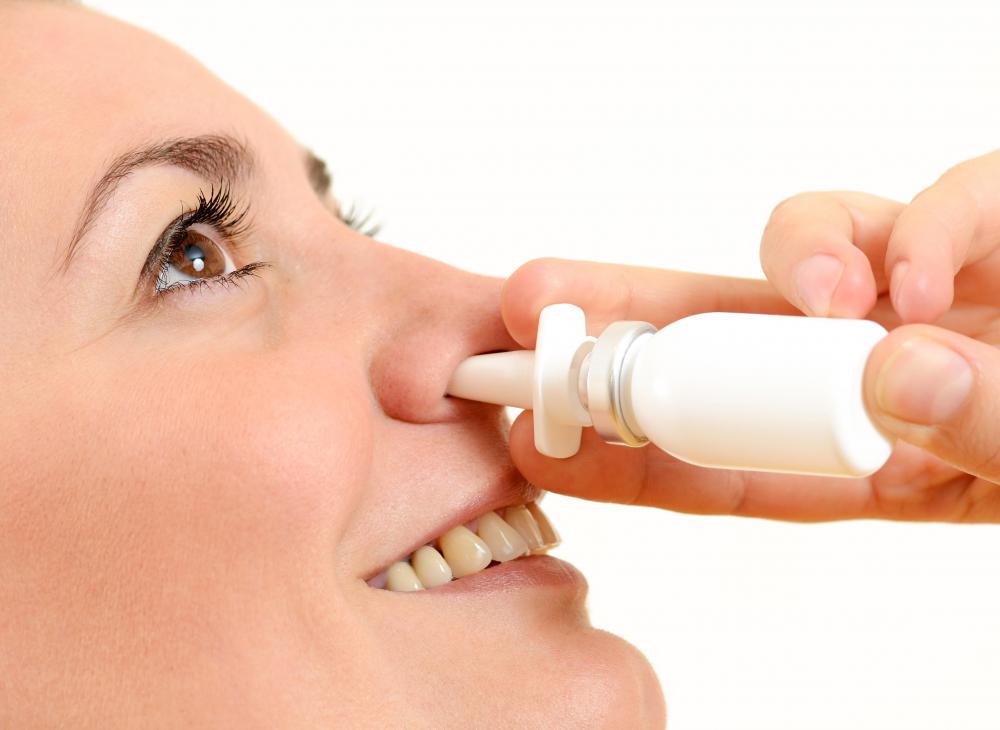At WiseGEEK, we're committed to delivering accurate, trustworthy information. Our expert-authored content is rigorously fact-checked and sourced from credible authorities. Discover how we uphold the highest standards in providing you with reliable knowledge.
What is CPAP Tubing?
CPAP tubing is the large diameter connection on a continuous positive airway pressure (CPAP) machine. The tubing allows for delivery of the air to CPAP masks or humidifiers as hoses, so CPAP tubing is also referred to as a CPAP hose. Most hoses on CPAP machines are basically the same and usually run about six feet (1.83 m) in length, although additions to the tubing may be necessary on some machines, depending on the patient’s specific needs. The ports on the CPAP humidifiers come as one standard size so that most CPAP tubes can fit on them. The smoother the CPAP hose, the quieter the machine will be.
Some CPAP machines require a special pressure sensor to pick up on the patient’s breathing patterns and pressure needs. The sensor will usually take the form of an adapter, attached to CPAP tubing. Narrow tubing may also be found inside the CPAP hose. One end of the hose must be plugged into the CPAP machine, which will not operate properly without the pressure sensor. Other specialized delivery devices such as the Comfort Curve necessitate special CPAP tubing as well.

A CPAP hose should last up to a year if it is maintained properly. When it looks like it is becoming dry and cracked on the inside lining or rubber ends, it needs to be replaced. Other signs that the tubing is getting old include stretch marks on the ends and deposits of mold and minerals from water in the hose. Letting the tubing air dry by detaching it each morning after use will help it to last longer. Handling it only by the rubber ends instead of by the tubing itself will also help it to last longer, and a quick-connect attachment device can be purchased to detach and attach the CPAP tubing easily.

Proper maintenance of a CPAP hose also includes drying it each morning to keep bacteria out. If the interior of the tube stays damp, the heated humidification will encourage bacteria cultures to grow in the hose. This will cause the patient who uses the CPAP machine to be sick more often because of the germs present when bacteria invade the machine. Some patients may be unable to clean the hose regularly because of its length. If the patient is unable to dry out the CPAP tubing, he or she should replace it often.

Although proper care of a CPAP tube can allow it to last for up to a year, doctors, insurance companies and Medicare usually agree that the hose should be replaced every three months. A serious respiratory problem could result if a patient is using a bacteria-ridden CPAP hose. Insulating the CPAP tubing is a good way to maintain moisture in the airflow because warm air holds more moisture than cool air.
AS FEATURED ON:
AS FEATURED ON:















Discuss this Article
Post your comments